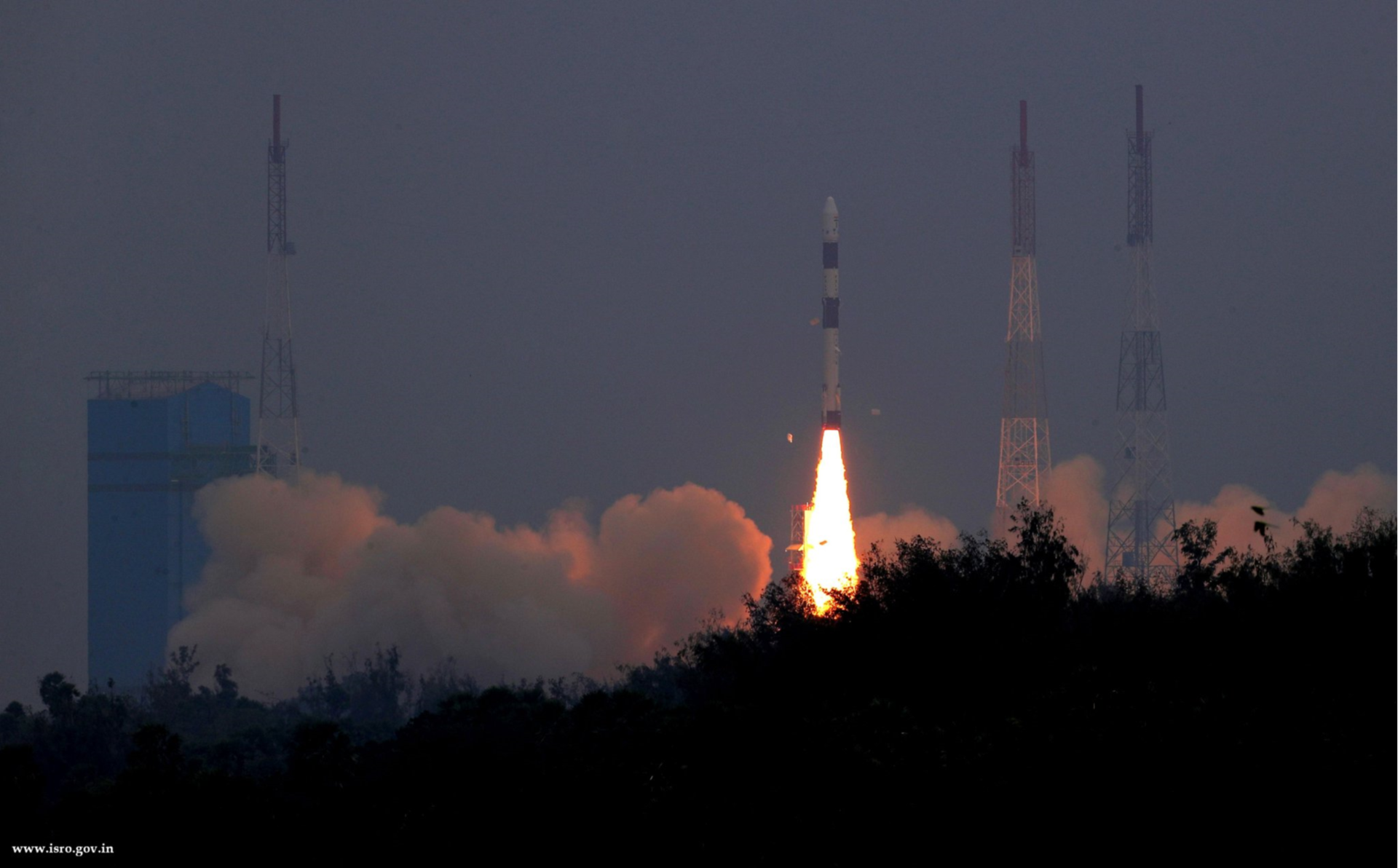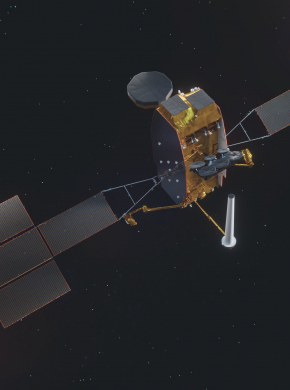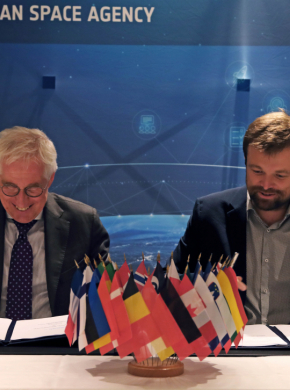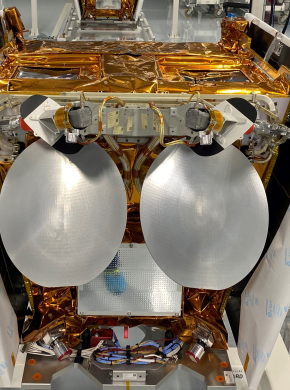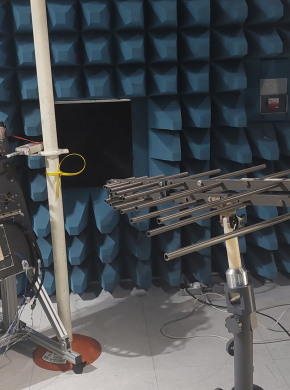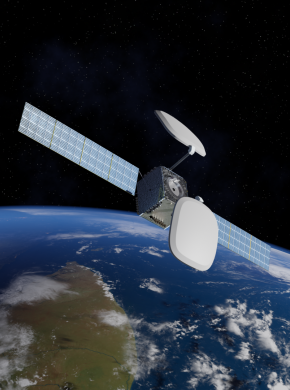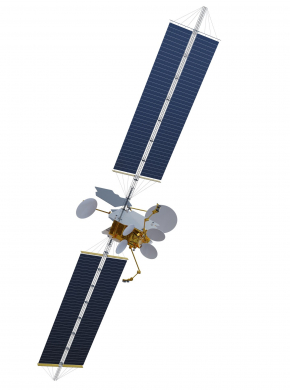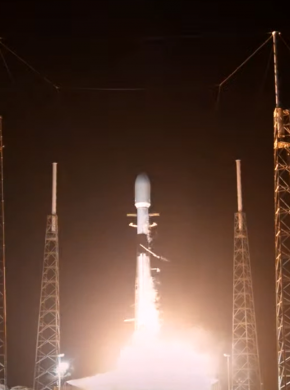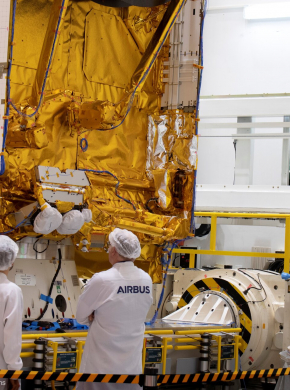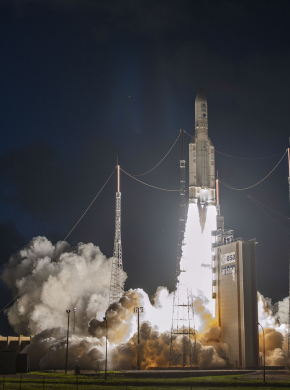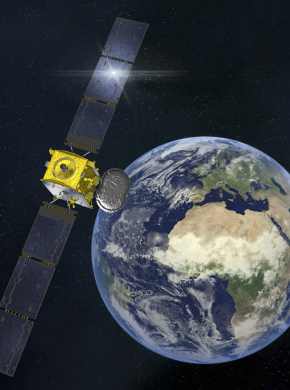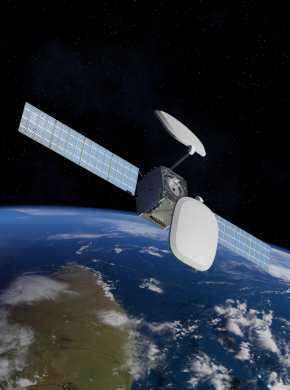Pioneer
Overview
Pioneer is ESA Telecommunications programme to support emergence of new providers of innovative space-based services. Pioneer helps develop the infrastructure of these new companies for low cost and quick access to space. The capability to deliver space-based services is validated through at least one Pioneer flight mission.
Objectives
Pioneer objectives are :
i. Supporting industry competitiveness by:
- Lowering the entry barriers for demonstration of new technologies and applications;
- Attracting entrepreneurs and service providers to adopt new solutions.
ii. Supporting emergence of new space mission providers:
- Single interface for customers wishing to demonstrate innovative solutions;
- Affordable and timely access to space;
- Operation and decommissioning of space infrastructure.
iii. Implementation of in-orbit validation missions:
- One or more validation missions to demonstrate and showcase the service.
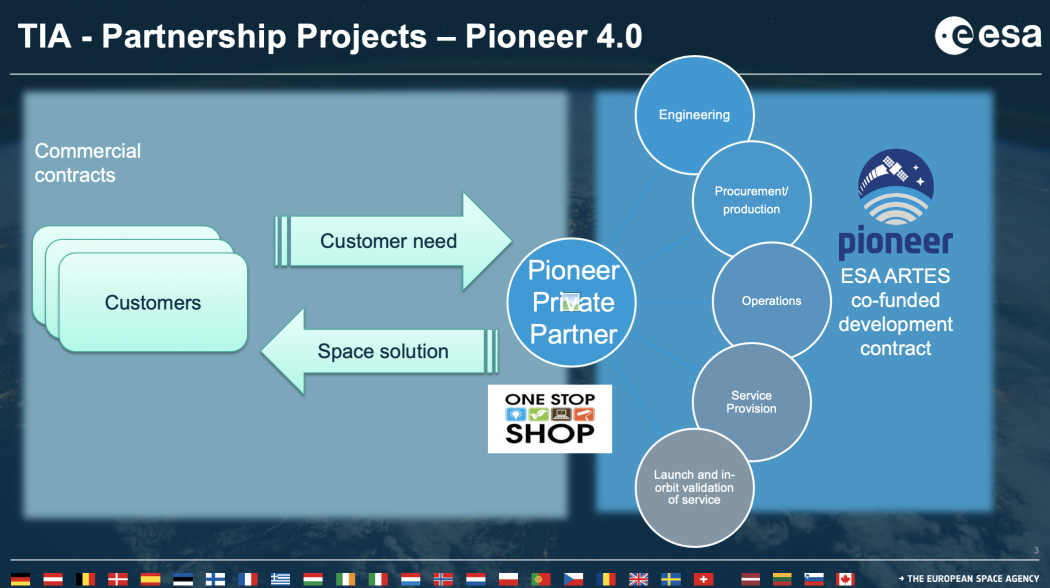
Pioneer Private Partners
To reach the above objectives, the Agency supports the emergence of commercial entities interested in becoming one-stop-shop service providers for public and private customers. Pioneer private partners are expected to:
− act as a single interface point for their customers who want to demonstrate, validate or operate, in a representative environment, innovative solutions requiring new space segment elements
− offer an affordable and timely access to space for testing, validating and operating innovative solutions that require new space segment elements
− ensure that the operations and decommissioning of space infrastructure are compliant with relevant international standards and guidelines, including those related to space debris mitigation.
The Pioneer private partners need to be equipped with:
− capabilities and competences, including inter alia: end-to-end mission definition, design, assembly, integration and test, deployment, operation, decommissioning, frequency spectrum management, customer interface standardization and tools, etc.;
− infrastructure building blocks, including inter alia: satellite platform and payload, communication tools and equipment for mission payload data and TT&C uplink and downlink, launch services, insurance services, ground control station for teleporting and communication infrastructure services, etc.
Pioneer private partners are expected to maximise the re-use of existing capabilities and infrastructure building blocks.
Validating the Service In-Orbit
As part of the Pioneer Programme, each of the Space Mission Provider is expected to build and launch one (or more) in-orbit validation Mission(s) with the purpose of demonstrating the respective service and as a showcase for future customers.
The private partner shall commit to implement and validate the infrastructure and service provision platform as well as to implement and operate the validation mission. The private partner shall furthermore provide the necessary function and performance validation data to the Agency.
Pioneer Projects : 7 Space Mission Providers independent contracts
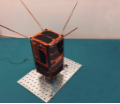 |
Sapion |
Internet of Things service |
3U Cubesat lunched in 2021 6U Cubesat to be launched in 2024 |
Launched in 2021 |
Open Cosmos, UK |
Striving |
IOV services |
|
Service validation mission planned in 2024 |
Sitael, Italy | |
IODA |
Telecomms and Earth observation services |
150 kg Smallest |
First launches planned in 2024 |
Airbus, France | |
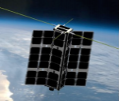 |
SAAS |
Aviation, maritime and data services |
3U & 6U Cubesat |
16 S/C launched in 2018 to 2021 3 S/C to be launched in 2023/24 |
Spire Global, UK |
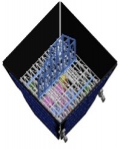 |
Faraday 2G |
IOV services |
150 kg Smallsat |
6U Cubesat launched in 2021 First smallsat launch planned in 2025 |
In-Space Missions, UK |
xSPANCION |
Telecomms and Earth observation services |
8U & 16U Cubesat |
First 4 S/C launch planned in 2024 |
AAC Clyde Space, UK | |
 |
CORVUS |
IOV services |
6U Cubesat |
First launch planned in 2025 |
Spacemanic, CZ |
Pioneer Partnership Projects (Pioneer 4.0) Open Call for Proposals
The Pioneer Open Call is aimed to offer the opportunity for new companies, from across all ESA member states and associates members, to participate in the Pioneer programme.
Industry can submit proposals at any time during the period of the call using a two-stage tendering process. The first step is to submit an outline proposal using the template available in the call.
Outline Proposals should be submitted to the Pioneer Open Call email address: Pioneer_CfP@esa.int
After acceptance of the outline proposal by the Agency and confirmation of financial support from the national delegation, industry will then be invited to submit a full proposal for a Pioneer Partnership Project.
The Pioneer Open Call can be found in esa-star with the following reference:
PIONEER PARTNERSHIP PROJECTS (PIONEER 4.0) - STANDARD CALL FOR PROPOSAL
Open date: 02 October 2023
Closing date: 31 October 2026
Activity Number: 1000038573
Tender Action Number: 4-40011
FEATURED OPPORTUNITIES
ARTES 4.0 Pioneer Call for Proposals Opened
View details
NEWS AND EVENTS
European Space Agency and Hisdesat partnership sees Pacis 3 antenna move closer to orbit
The Pacis 3 project – which is a partnership between the European Space Agency (ESA) and satellite operator Hisdesat – has taken a significant step forward in its progress to launch a SpainSat NG satellite. As part of…
HummingSat: A New Chapter in Space Innovation Unveiled
ESA and Swissto12 have signed a contract for the full development and qualification of a new product line of satellites called HummingSat.
Space set to keep people safer during emergencies
Governments and international disaster response teams have long relied on satellites to assess the impacts of disasters such as earthquakes and hurricanes. Now ESA has partnered with ICEYE, a Finnish microsatellite manufacturer, to improve early…
Beam-hopping JoeySat ready for launch
An advanced broadband satellite that will provide high-speed internet connectivity from low Earth orbit has left OneWeb Florida facilities for Vandenberg launch pad.
Beam-hopping JoeySat has shipped
An advanced broadband satellite that can offer high-speed internet connectivity anywhere on Earth is ready to enter its final assembly ahead of launch.
The beam-hopping satellite – nicknamed JoeySat after a baby kangaroo – will be used to…
First small geostationary HummingSat sold
Satellite operator Intelsat has placed an order for the first small geostationary “HummingSat” developed as part of ESA’s efforts to support fast, dynamic and agile private space firms in Europe.
The first HummingSat – which will be called…
Reprogrammable OneSat on track for success
The OneSat family of geostationary software-defined telecommunications satellites has passed successfully its first qualification review. The first part of the OneSat qualification review has successfully demonstrated the maturity of the various…
First Eurostar Neo satellite launched
The first satellite to be built under ESA’s Eurostar Neo programme has launched.
The satellite – called Eutelsat Hotbird 13F – was developed and built by satellite manufacturer Airbus for satellite operator Eutelsat. It is based on the…
First Eurostar Neo satellite ready to ship
The first satellite to be built under ESA’s Eurostar Neo programme stands ready to be shipped to its launch site.
The satellite – called Eutelsat Hotbird 13F – is one of an identical pair developed by satellite manufacturer Airbus for…
Europe’s tallest ever communications satellite launched
The fourth Spacebus Neo satellite to benefit from ESA’s Neosat programme has launched into space on board the second Ariane 5 launch mission of 2022.
The 8.9 metre, three-storeys-high communications satellite – which will deliver high-…
Software-defined satellite enters commercial service
Europe’s first commercial satellite capable of being completely reprogrammed while in space is now in commercial use. Satellite operator Eutelsat has sold six of its eight beams – used for data and mobile communications – to organisations…
Small geostationary satellite named HummingSat passes milestone review
An innovative small-sized satellite product line for geostationary telecommunications has passed its ESA system requirements review and received its official name of “HummingSat”.
Directorate of Connectivity & Secure Communications
Directorate of Connectivity & Secure Communications



